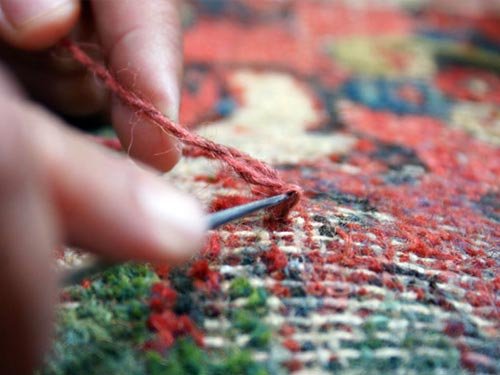Britain has, for centuries, been one of the most important markets for Persian merchants. I can confidently say that today some of the rarest Persian antiquities are housed in this country. From the exquisite 16th-century Persian Rugs at Hampton Court Palace to the priceless Ardabil Carpet (one of the most famous pieces in the world) exhibited at the Victoria and Albert Museum. William Morris, then an art referee at the V&A, considered it one of the museum’s most significant acquisitions. He had lobbied fervently for its purchase that had included a national campaign to raise funds.
Free Delivery All Over the World for All Orders.
Get 5% OFF on your First Order. Use Code: BFST5


